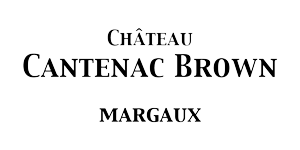Cantenac Brown is located in the municipality of Margaux-Cantenac in the south-east of the Medoc. This vineyard is situated on a strip of land extending from the Jalle de Blanquefort to the Pointe de Grave and from the Gironde estuary to the Landes forest. The soil of the Medoc is composed of clay and graves. Let’s focus on these two elements that give the terroir its special characteristics.
Graves : from the Garonne to vineyards
The Medocan soil is constituted of layers of sand of varying thickness and depth. The graves are deposits of gravel and pebbles mixed with clay, carried along the millennia by the Garonne. They act as a thermal regulator for the vine. Indeed, the gravelly soils are so-called “hot” soils because when evening comes they give back to the vine the heat of the sun stored up during the day.
Clay
It is better to cultivate wine on poor soils that won’t bring it unlimited reserves of water. Clay offers the advantage of restoring water gradually with regularity to the vine. Indeed, too much water intake leads to swelling of the grapes, diluted juice and therefore a wine of lower quality.
Graves and clay : a perfect mix for some kinds of grape varieties
The red wines of Cantenac Brown, the Château Cantenac Brown and the Brio, are mainly composed of two grape varieties. On the one hand, Cabernet Sauvignon and on the other hand, Merlot.
- Graves and Cabernet Sauvignon: Cabernet Sauvignon is a late variety, it has a slow ripening cycle. It is not sensitive to wines diseases. Thus the gravelly soils, by restoring the heat at night, allow it to obtain a beautiful maturity.
- Clay and Merlot: Merlot matures faster than Cabernet Sauvignon. This grape variety has the ability to produce higher yields. Thus it is possible to plant it on fresh and moist soils such as those composed of clay.


